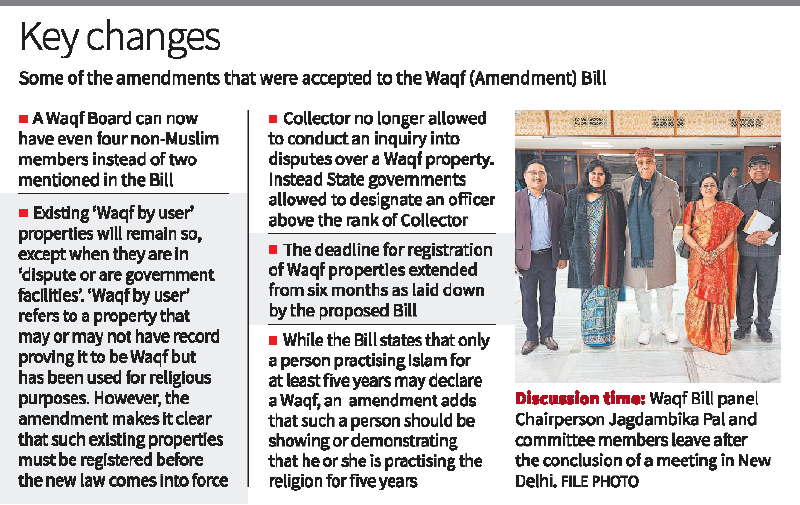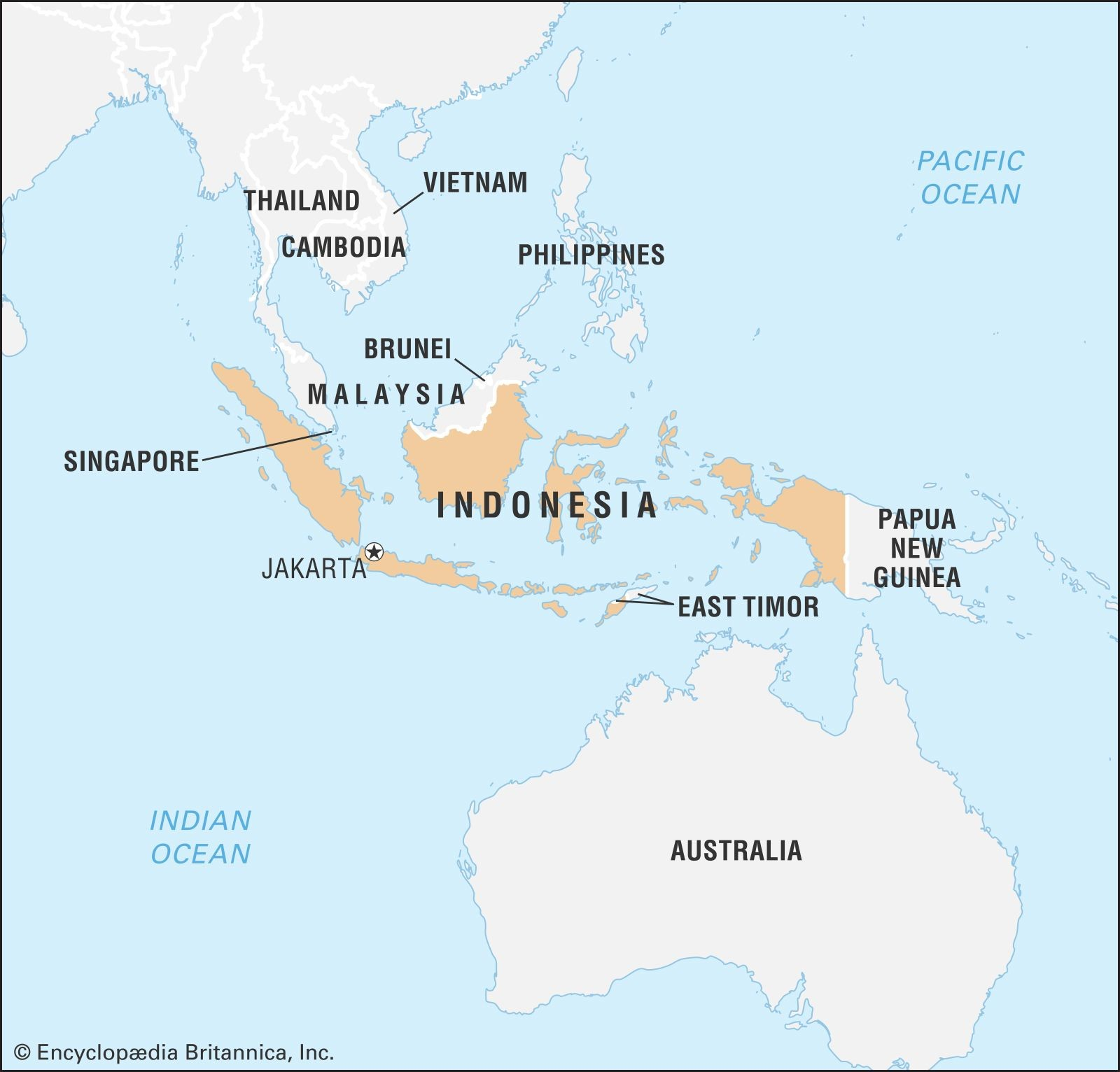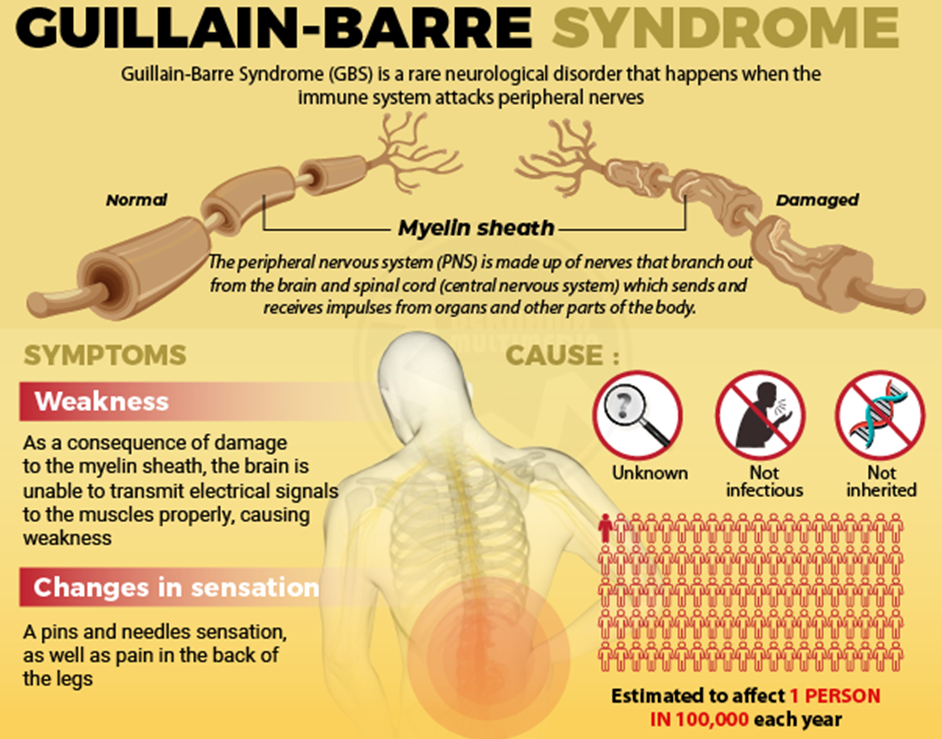Art & Culture
Lezim - Indian Express
A scene from the trailer of the upcoming Bollywood film Chhava, based on the life of Maratha ruler Chhatrapati Sambhaji Maharaj, has led to controversy in Maharashtra. Chhatrapati Sambhaji Maharaj (1657-1689) was the son of Chhatrapati Shivaji Maharaj (1630-1680), the founder of the Maratha empire.
Lezim
- Origin: Featured in marriage processions along the Konkan coast, led by an “akhada” (group performing feats of physical skill).
- Lezim: A small wooden mallet with metal pieces that clash to create a distinct sound when swung.
- Instruments: Accompanied by dhol or dhalgi (small drum); occasionally a song is added.
- Nature of the Dance:
- Combines physical exercise and drill with dance elements.
- Involves dynamic formations (pairs, fours, circles).
- Stepping, squatting, jumping, progressively matching the drum’s increasing tempo.
Chhatrapati Sambhaji Maharaj
- About: Eldest son of Chhatrapati Shivaji Maharaj; ascended the throne in 1681 after a succession struggle with his half-brother Rajaram.
- Conflict with Mughals: Faced Emperor Aurangzeb’s ambitions in the Deccan, engaging in multiple fort defenses.
- Death: Eventually captured by Mughal forces in 1689 and put to death.
How Libia Lobo Sardesai became the voice of Goa's liberation struggle - Indian Express
Goan freedom fighter Libia Lobo Sardesai, 100, was honoured with the Padma Shri recently for her pivotal role in the state’s liberation struggle.
Goa in the 1950s
- Background: Goa was under Portuguese colonial rule.
- Satyagraha: In 1954, Portuguese authorities assaulted and arrested satyagrahis entering Goa to demand an end to colonial rule.
- Response: India responded with an economic blockade, suspending all sea, rail, and road links.
Censorship:
- Under Portuguese administration, there was “total censorship” in Goa.
- No newspapers, calendars, or invitation cards could be printed without official approval.
- Portuguese-controlled media circulated only propaganda and fear.
- Communication: Nationalists established an underground radio station as a peaceful method to spread awareness of the liberation movement.
Voice of Freedom
- Formation: Two wireless sets from Dadra and Nagar Haveli were repurposed into a radio transmitter by Goan nationalists Libia, Vaman Sardesai, and Nicolau Menezes.
- Naming: Initially called ‘Q’, the station was renamed ‘Goenche Sodvonecho Awaz’ (for Konkani) and ‘Voz de Liberdade’ (for Portuguese).
- Broadcast: November 25, 1955, commemorating the Portuguese conquest of Goa in 1510.
Challenges:
- Operated in dense forests, under harsh conditions (snakes, wild animals, leeches).
- Existed incognito and incommunicado, with minimal human contact.
- Constant threat of being discovered; daily life often intersected with wildlife encounters.
Polity
JPC rejects all amendments to Waqf Bill made by Opposition - The Hindu
Amid the Opposition’s complaint that its voice was not heard, the Joint Parliamentary Committee (JPC) on the Waqf (Amendment) Bill accepted 32 out of the more than 500 amendments moved by the members, after a vote. The Bill originally proposed to remove the concept of “Waqf by user”, under which properties are deemed Waqf-based solely owing to their long use for religious purposes.

World Affairs
India's ties with Indonesia - Indian Express
India and Indonesia signed pacts on maritime security, health, traditional medicine, culture and digital cooperation on Saturday as Prime Minister Narendra Modi met Indonesia President Prabowo Subianto at Hyderabad House in New Delhi.
India- Indonesia relations - Background
- 1940s–1950s: Relations driven by common experiences of colonial rule and parallel goals of political autonomy and economic self-reliance.
- Indonesia’s National Revolution (1945–49): Jawaharlal Nehru strongly backed Indonesian nationalists. Extended help via humanitarian supplies.
- July 1947: Nehru sent Biju Patnaik to a besieged Jakarta to evacuate Indonesian PM and Vice President.
- 1949: After the Dutch recognised Indonesia’s sovereignty in 1949, President Sukarno expressed deep appreciation for India’s support.
- 1950: Sukarno visited India as the chief guest for its first Republic Day. Nehru reciprocated with a state visit to Indonesia soon after.
- Treaty of Friendship (1951): Marked a pledge of “perpetual peace and unalterable friendship” between India and Indonesia.
- Shared Outlook: Both nations aligned on principles of nonalignment, Panchsheel, anti-colonialism, anti-apartheid, and relations with major powers.
- Decolonisation & NAM: India and Indonesia contributed to the Bandung Conference of 1955, culminating in the formation of NAM in 1961.
- Late 1950s–Early 1960s:
- Relations soured. India’s ties with Beijing deteriorated after 1959 Tibetan uprising, Indonesia maintained cordiality.
- Personal differences arose over Sukarno’s desire for a second Bandung Conference, which Nehru refused.
- 1963–64: Indonesia showed little sympathy when China invaded India in 1962. Jakarta moved closer to Islamabad.
- 1965 India-Pakistan War: Indonesia sided with Pakistan by supplying weapons, culminating in an attack on the Indian embassy in Jakarta.
- Sukarno to Suharto (1965–66): An attempted left-wing coup in 1965 led to transfer of de facto power to General Suharto by 1966.
- Recalibration with India: Suharto worked to rebuild ties ; India responded positively, leading to multiple trade agreements in 1967.
- 1970s: India’s close alignment with the USSR and support for Communist North Vietnam dampened further Indo–Indonesian engagement.
- Look East Policy (1990s): Launched under Prime Minister P.V. Narasimha Rao to bolster ties with rapidly growing Southeast Asian nations.
- Act East Policy (2014): Upgraded by Prime Minister Narendra Modi, emphasizing more projects and tangible outcomes.
- Economic Engagement: Indonesia is India’s second largest trading partner in ASEAN after Singapore.
- Trade Growth: From $4.3 billion (2005–06) to $38.84 billion (2022–23) and $29.40 billion (2023–24).
- Exports- Imports: India is a major importer of Indonesian coal and crude palm oil, while exporting refined petroleum, vehicles, telecom equipment, and agriculture products.
Indonesia

- About: World’s largest archipelagic state located in Southeast Asia and Oceania.
- Extent: Spans over 17,000 islands including Sumatra, Java, Sulawesi, and parts of Borneo and New Guinea.
- Land area: 1,904,569 square kilometres (14th-largest country by area).
- Population: Over 279 million (fourth-most populous globally)
- Most populous island: Java
Science and Technology
Is the Guillain-Barré Syndrome life-threatening? - The Hindu
Following a reported outbreak of Guillain-Barré Syndrome, a rare neurological disorder, in Pune, the Union Health Ministry has now sent a team to the city to assess the situation.
Guillain-Barré Syndrome (GBS)

- Definition: An autoimmune neurological disorder where the immune system attacks peripheral nerves, causing muscle weakness and potential paralysis.
- Prevalence: Rare, with an incidence of about 1–2 cases per 1,00,000 people.
- Risk Factors: Often follows a viral or bacterial infection (e.g., Campylobacter jejuni, flu viruses, Zika virus). More common in adults and males.
- Autoimmune Attack: Immune system damages the myelin sheath of peripheral nerves (those outside the brain/spinal cord).
- Initial Signs: Tingling or weakness starting in feet/legs, moving to the upper body, arms, or face.
- Common Symptoms:
- Pins-and-needles sensation
- Muscle weakness/pain in legs and back
- Difficulty walking or climbing stairs
- Facial muscle problems, possible double vision
- In severe cases, paralysis of legs, arms, or face; potential breathing difficulties if chest muscles are affected.
- Complications
- Autonomic Nervous System: Can affect heart rate and blood pressure control, posing life-threatening risks.
- Speech & Swallowing: May be impaired in severe cases.
- No Known Cure: Focus on supportive therapies and interventions to speed recovery.
Main Treatments:
- Plasma Exchange (Plasmapheresis): Removes harmful antibodies from the blood.
- Intravenous Immunoglobulin Therapy: Injects immunoglobulins to neutralise harmful antibodies.
- Supportive Care: May include respiratory support, rehabilitation, physical/occupational therapy.
Astronomers spot ferocious winds on alien planet - The Hindu
Astronomers have detected winds howling at about 33,000 km per hour on a large gaseous planet named WASP-127b, located in our Milky Way galaxy approximately 520 lightyears from the earth.
WASP-127b Overview:
- Location: ~520 light years from Earth.
- Winds : ~33,000 km/h - fastest equatorial jet-stream winds known on any planet.
- Features: Orbits its star every four days at 5% of Earth-Sun distance.
- Tidally locked: One side always faces its star (day side); other side remains dark (night side).
- Atmosphere temperature: ~1,127°C; polar regions slightly cooler.
- Atmosphere Composition:
- Primarily hydrogen and helium.;
- Traces of complex molecules (carbon monoxide, water).
- Wind Drivers:
- Intense irradiation from the host star
.
- Additional factors (e.g., temperature differences, rotation)